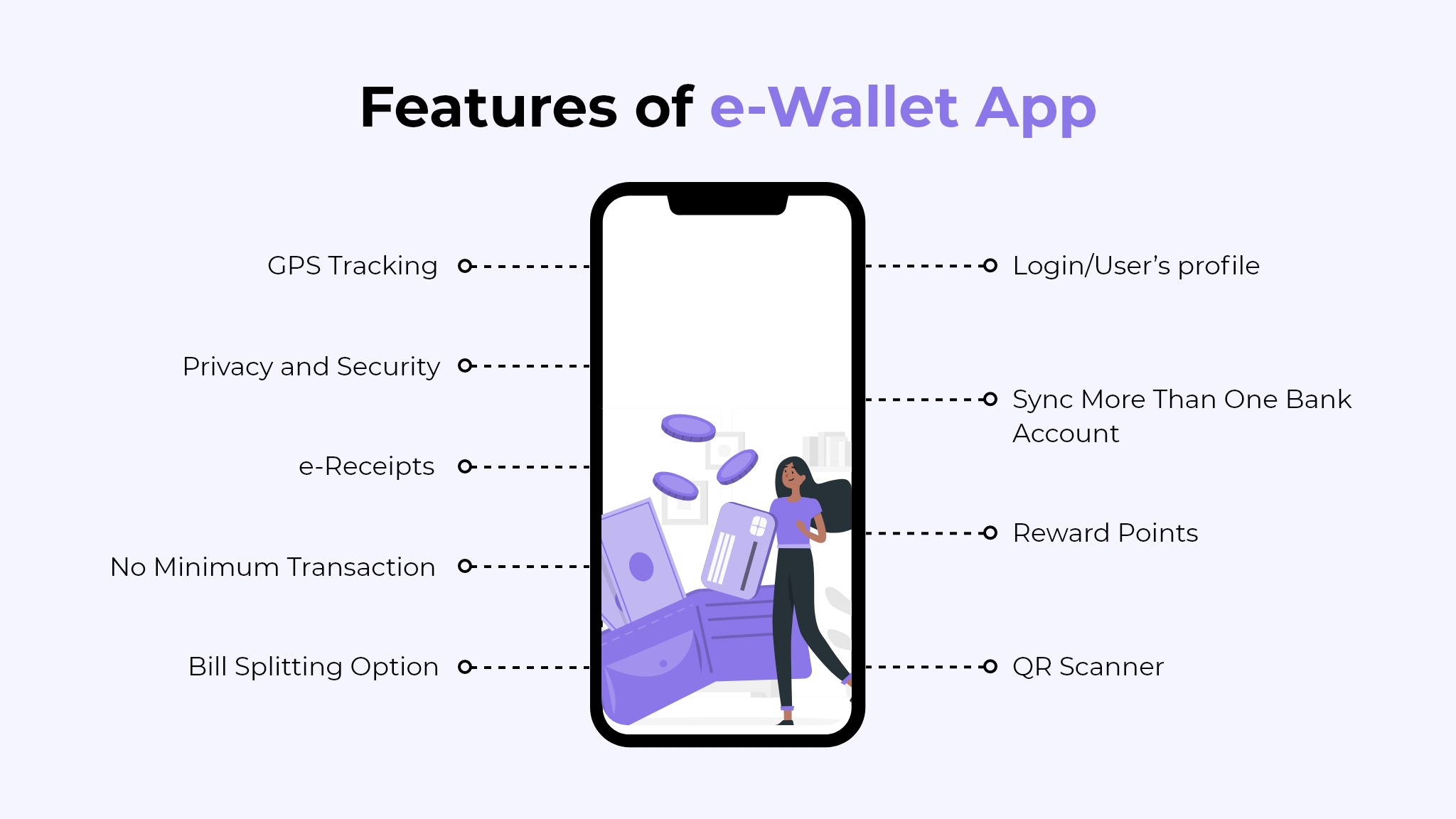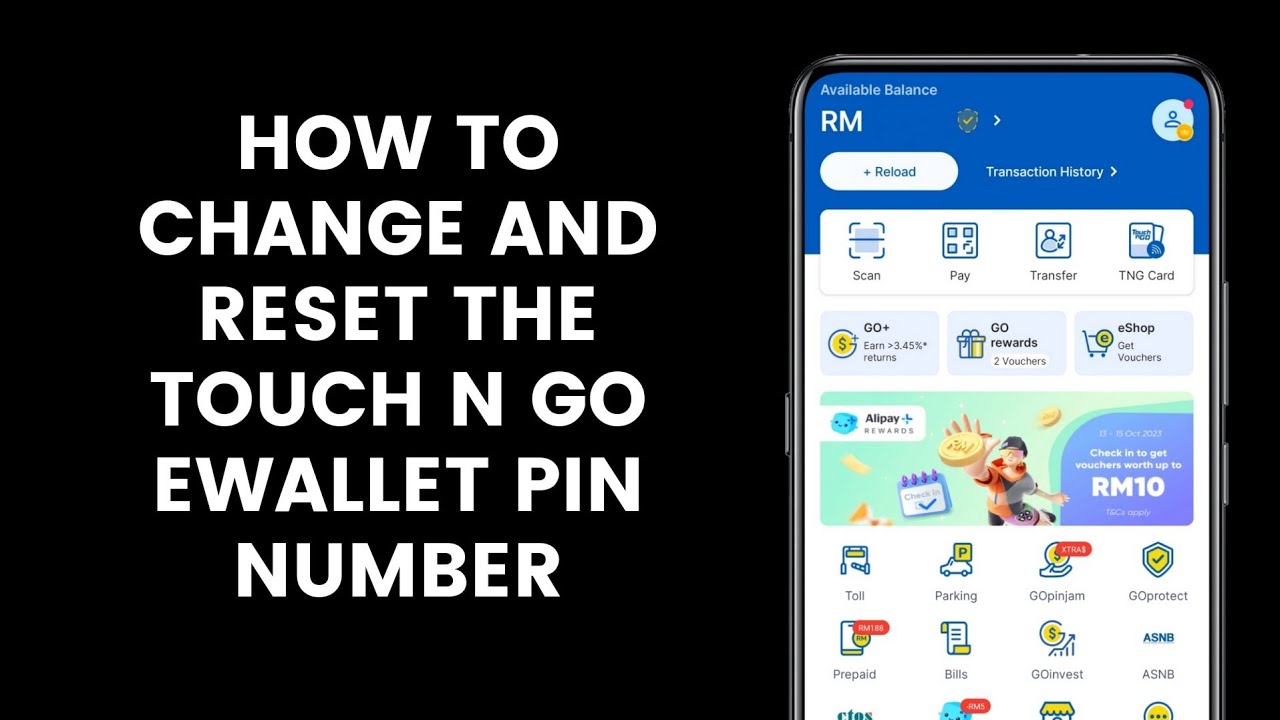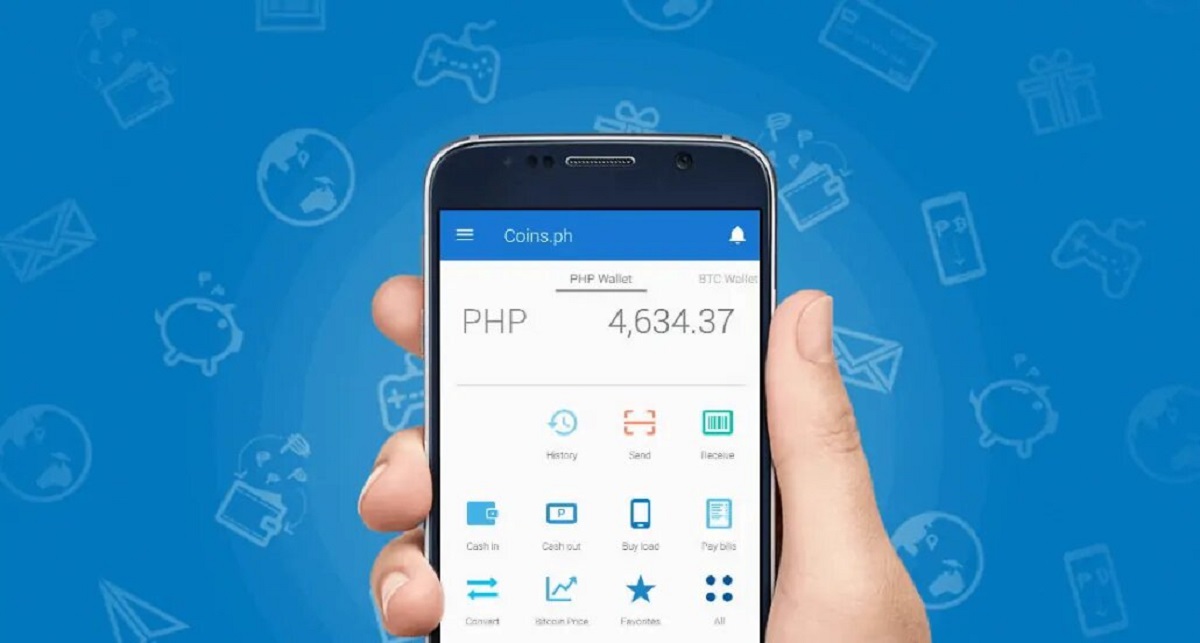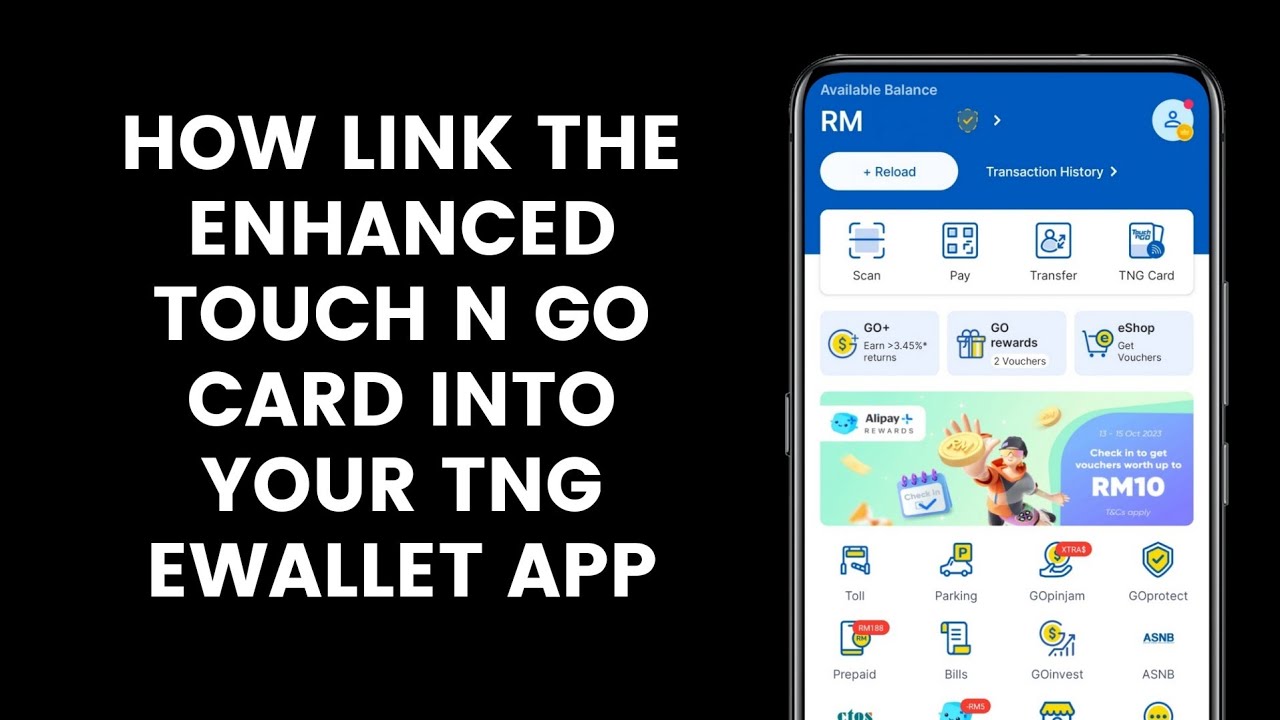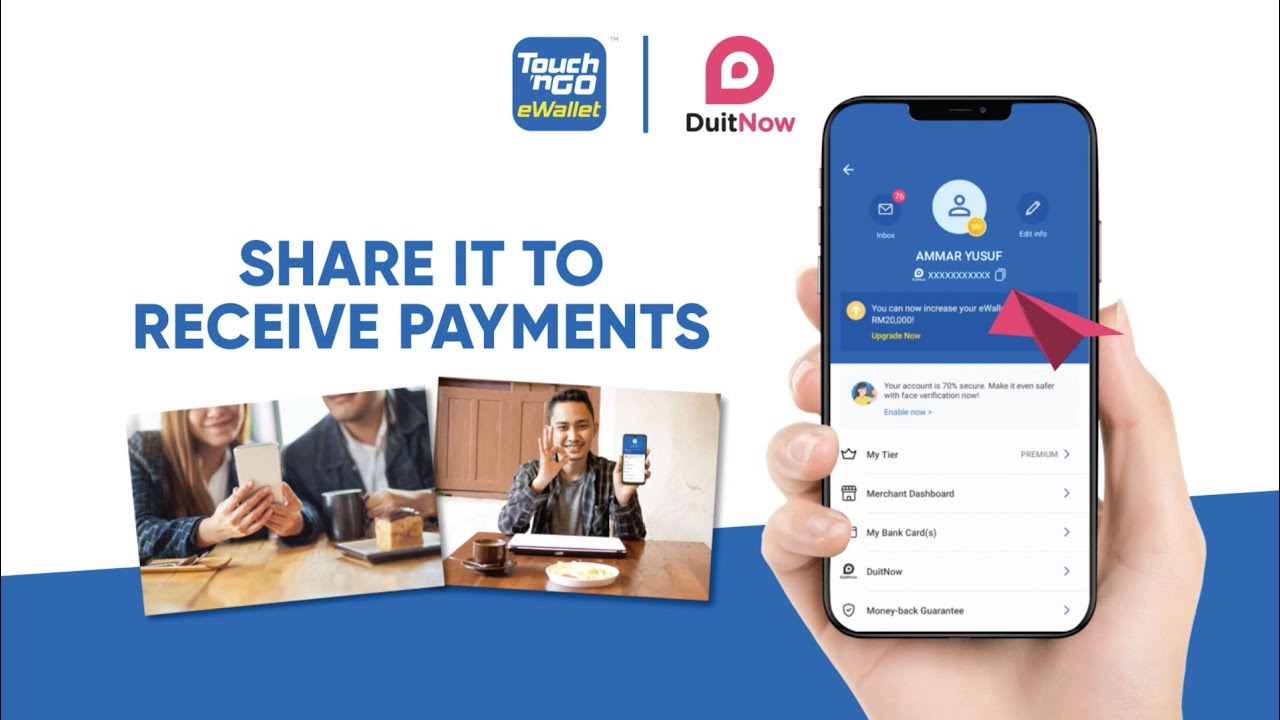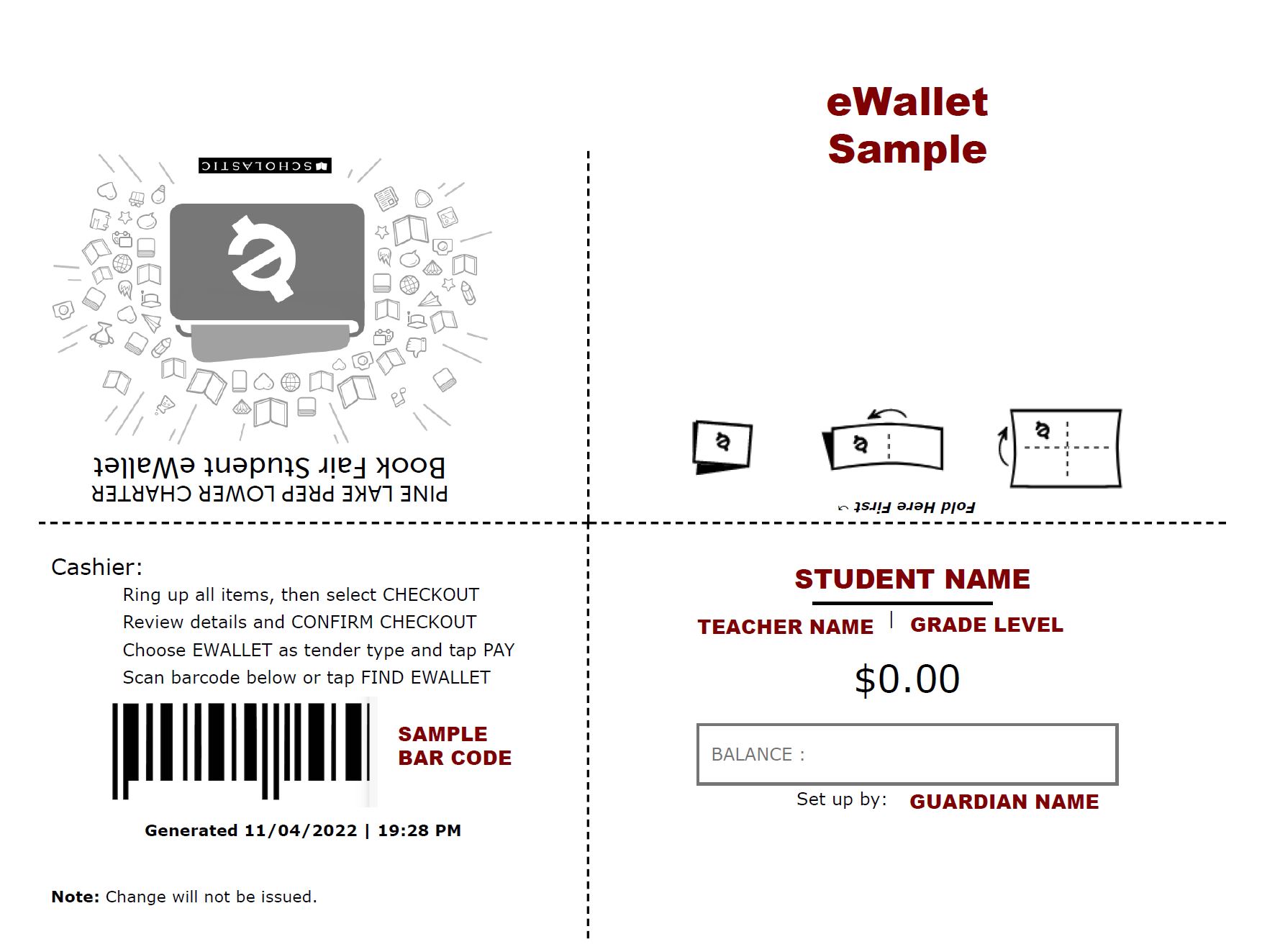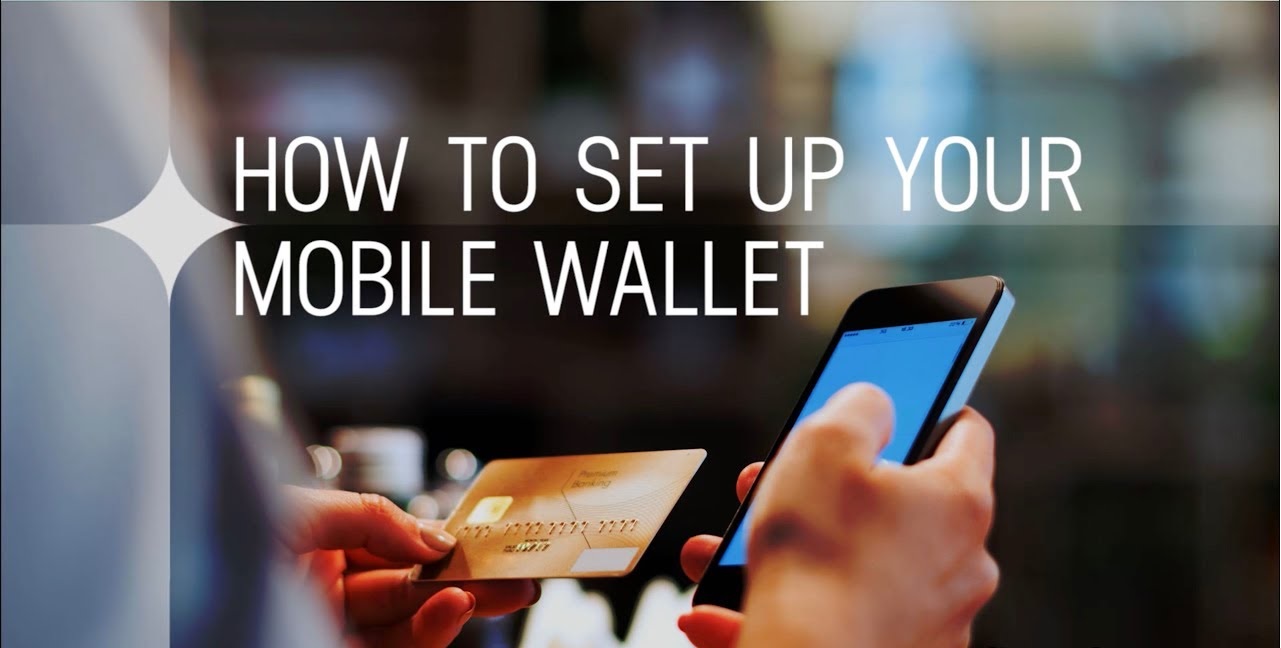Introduction
In today’s digital age, financial transactions have become quicker and more convenient than ever before. One innovation that has gained significant popularity is the e-wallet. An e-wallet, also known as a digital wallet or mobile wallet, allows individuals to store and manage their money digitally.
With an e-wallet, you can make payments, transfer funds, and even store loyalty cards and coupons, all through a mobile app or website. This electronic alternative to traditional wallets is revolutionizing the way we handle our finances.
In this article, we will explore the concept of e-wallets, the benefits they offer, and how you can make the most of this modern financial tool. Whether you’re new to the concept or looking to optimize your e-wallet experience, this guide will provide you with valuable insights and tips.
So, let’s dive into the world of e-wallets and discover how they streamline and elevate our financial transactions in the digital realm.
What is an E-wallet?
An e-wallet, also known as a digital wallet or mobile wallet, is a virtual platform that allows individuals to store and manage their money electronically. It is a secure and convenient way to make payments, store card information, and conduct various financial transactions online.
Think of an e-wallet as a digital version of your physical wallet. Instead of carrying cash, cards, and receipts, all your financial information is stored digitally in one place. This includes your bank account details, credit or debit card numbers, and even loyalty cards and coupons.
E-wallets are typically accessed through a mobile app or a website and are designed to be user-friendly. They provide a simplified and streamlined approach to digital transactions, offering a faster and more efficient way to handle your finances.
One of the key features of an e-wallet is its compatibility with various payment methods. You can link your bank account, credit or debit cards, or even add funds directly to the e-wallet to make payments. This versatility makes e-wallets a convenient option for both online and offline transactions.
Moreover, e-wallets offer an additional layer of security. When making a payment, your sensitive financial information is not directly shared with the merchant. Instead, a unique identifier or token is used to authorize the transaction, reducing the risk of fraud and identity theft.
E-wallets have become increasingly popular due to their ease of use and accessibility. They have expanded beyond individual consumers and are now widely accepted by businesses and retailers worldwide. Many e-wallets also offer additional features such as budgeting tools, transaction history tracking, and the ability to split bills with friends or family.
Now that you understand what an e-wallet is, let’s explore the benefits it brings and how it can enhance your financial transactions.
Benefits of using an E-wallet
Using an e-wallet offers numerous advantages that make it a preferred choice for many individuals. Let’s explore some of the key benefits of using an e-wallet:
1. Convenience: One of the primary benefits of using an e-wallet is the convenience it provides. With just a few taps on your smartphone, you can make payments instantly, eliminating the need to carry physical cash or cards. Whether you’re shopping online or making a purchase at a retail store, an e-wallet simplifies the transaction process, saving you time and effort.
2. Security: E-wallets prioritize security to protect your financial information. When you make a payment using an e-wallet, your sensitive data is encrypted and stored securely. This significantly reduces the risk of fraud or unauthorized access to your account details. Additionally, some e-wallets employ additional security measures such as fingerprint or facial recognition for added protection.
3. Accessibility: E-wallets can be accessed anytime and anywhere, as long as you have a compatible device and an internet connection. This means you can make payments or manage your finances on the go, without being restricted to traditional banking hours or the need for physical presence.
4. Enhanced budgeting: Many e-wallets offer features that help you keep track of your spending and budget effectively. They provide transaction histories, categorized expenditures, and sometimes even personalized insights and recommendations to help you make informed financial decisions.
5. Loyalty rewards and discounts: E-wallets often integrate loyalty programs, allowing you to accumulate points or rewards when making purchases. These rewards can be redeemed for discounts, exclusive offers, or even cashback, giving you added value for your transactions.
6. Environmental friendly: By using an e-wallet, you reduce reliance on physical receipts and documentation, ultimately contributing towards a more sustainable environment. E-wallets minimize paper waste and carbon footprint associated with traditional banking and payment methods.
These are just a few of the many benefits of using an e-wallet. As technology continues to evolve, new features and functionalities are being added to enhance the user experience further.
Now that you understand the advantages, let’s move on to the next section to help you choose the right e-wallet for your needs.
Choosing the right E-wallet for you
With numerous e-wallet options available in the market, it’s essential to choose one that best suits your needs and preferences. Here’s a guide to help you make an informed decision:
1. Compatibility and availability: Consider the compatibility of the e-wallet with your smartphone’s operating system. Ensure that the e-wallet is available for download on your device’s app store. Evaluate if it is supported by a wide range of merchants, both online and offline.
2. Security features: Look for e-wallets that prioritize security measures such as end-to-end encryption, two-factor authentication, and biometric verification options like fingerprint or facial recognition. Confirm that the e-wallet has a robust system in place to protect your sensitive financial information.
3. Ease of use: A user-friendly interface and intuitive navigation are crucial for a positive e-wallet experience. Look for e-wallets that offer a seamless and easy-to-use interface, allowing you to navigate through features effortlessly.
4. Features and functionality: Consider the additional features offered by the e-wallet. Some popular features include transaction history tracking, budgeting tools, the ability to split bills, and integration with loyalty programs. Assess which features are important to you and choose an e-wallet that aligns with your requirements.
5. Customer support: It’s important to select an e-wallet provider that offers reliable customer support. Check if they provide multiple channels for support, such as live chat, phone support, or email. Prompt and efficient customer support can be helpful in case you encounter any issues or have queries.
6. Fees and charges: Evaluate the fees associated with the e-wallet. Some e-wallets may charge transaction fees or maintenance fees for certain features. Consider the fee structure and ensure that it aligns with your usage patterns and financial goals.
7. User reviews and ratings: Research user reviews and ratings to get insights into the user experience and customer satisfaction. Consider the feedback of existing users to gauge the reliability and performance of the e-wallet.
Take the time to compare and evaluate different e-wallet options based on these factors. Remember that the right e-wallet for you may depend on your specific needs and preferences. Once you have chosen an e-wallet, you can proceed with setting up your account and adding funds to it, which we will explore in the next section.
Setting up an E-wallet account
Setting up an e-wallet account is a straightforward process. Here are the general steps to get started:
1. Download the app: Visit your device’s app store and search for the e-wallet app of your choice. Download and install it on your smartphone.
2. Sign up: Open the app and select the option to create a new account. Fill in the required details, such as your name, email address, and create a strong password. Some e-wallets may also require you to verify your identity by providing additional information.
3. Link your bank account or card: To add funds to your e-wallet, you will need to link it to your bank account or debit/credit card. Follow the instructions provided by the e-wallet app to securely link your preferred payment method. This step may require you to enter your account number, card details, or even authenticate your ownership through a verification process.
4. Set up additional security measures: To enhance the security of your e-wallet account, consider enabling features such as two-factor authentication or biometric verification if available. This adds an extra layer of protection to your account and ensures that only authorized users can access it.
5. Familiarize yourself with the app: Take some time to explore the app and its features. Familiarize yourself with the navigation and settings options. You may also want to customize your e-wallet preferences, such as notifications or transaction limits, according to your preferences.
6. Read the terms and conditions: Before you start using the e-wallet app, make sure to read and understand the terms and conditions. This will give you a clear understanding of the usage policies, fees, and other important information related to your e-wallet account.
Once you have completed these steps, your e-wallet account is set up and ready to use. You can now proceed to add funds to your e-wallet, which we will discuss in the following section.
Adding funds to your E-wallet
Once you have set up your e-wallet account, the next step is to add funds to it. Here’s how you can add money to your e-wallet:
1. Link your bank account: Most e-wallets allow you to link your bank account for easy fund transfers. To do this, go to the settings or wallet options within the app and select the option to link your bank account. Follow the prompts to provide the necessary information, such as your account number and routing number, to securely link your bank account to your e-wallet.
2. Add a debit or credit card: If you prefer to add funds using a debit or credit card, you can link your card to your e-wallet. In the app settings or wallet options, select the option to link a card. Enter the card details as prompted, including the card number, expiration date, and CVV code, to link it to your e-wallet.
3. Transfer funds from another account: If you already have funds in another e-wallet or digital payment account, you may be able to transfer those funds directly into your new e-wallet. Check if the e-wallet offers this option and follow the provided instructions to initiate the transfer.
4. Cash deposits: Some e-wallet providers offer the option to add funds through cash deposits at designated retail locations or partner outlets. Check if your e-wallet supports this feature and find out the locations where cash deposits are accepted. Follow the instructions provided by the e-wallet to complete the cash deposit process.
5. Direct deposit: Depending on the e-wallet, you may also have the option to set up direct deposit into your e-wallet account. This can be particularly useful if you receive regular income or payments that you want to allocate directly to your e-wallet.
It’s important to note that each e-wallet may have its own specific procedures and limitations regarding adding funds. Be sure to follow the instructions provided by your chosen e-wallet and ensure that you are aware of any applicable fees or restrictions associated with adding funds.
Once you have successfully added funds to your e-wallet, you can start using it for various transactions, such as making payments, transferring funds to other users, or even accessing additional features offered by the e-wallet.
In the next section, we will explore how to make payments using your e-wallet.
Making payments with an E-wallet
With your e-wallet funded, you’re now ready to start making payments conveniently and securely. Here’s how to make payments using your e-wallet:
1. Online payments: When shopping online, choose the e-wallet payment option during the checkout process. Select your e-wallet from the payment methods available, and follow the prompts to complete the transaction. The e-wallet app may require you to authenticate the payment using your biometric information or a secure PIN.
2. In-store payments: Many retailers and businesses now accept e-wallet payments in-store. Look for the contactless payment symbol or inquire with the cashier if they accept e-wallet payments. To make an in-store payment, open your e-wallet app and scan the merchant’s QR code or tap your phone on a compatible payment terminal. Confirm the transaction on your device, and the payment will be processed instantly.
3. Peer-to-peer transfers: If you need to send money to friends or family, some e-wallets allow you to make peer-to-peer transfers. Simply enter the recipient’s e-wallet username, email address, or phone number, and specify the amount you wish to send. Verify the transaction details and confirm the transfer. The recipient will receive the funds directly into their e-wallet account.
4. Bill payments: Many e-wallets offer the convenience of paying bills directly from the app. This can include utilities, mobile phone bills, credit card payments, and more. Select the option to pay bills within the e-wallet app, enter the necessary details, and follow the prompts to complete the payment.
5. Money transfers: Some e-wallets also provide the ability to transfer funds to other bank accounts or e-wallets. Explore the app’s options to initiate a money transfer, enter the recipient’s account details, and specify the amount you wish to send. Follow the provided instructions to complete the transfer securely.
Remember to keep your e-wallet app updated and regularly review your transaction history for accuracy. If you have any concerns or issues with a payment, reach out to the e-wallet’s customer support for assistance.
It’s worth noting that some e-wallets may have specific limitations or fees for certain types of transactions. Familiarize yourself with the terms and conditions of your e-wallet to ensure you are aware of any costs or restrictions associated with payments.
In the next section, we will discuss the security measures you can take to protect your e-wallet and ensure the safety of your funds and personal information.
Security measures for your E-wallet
Ensuring the security of your e-wallet is essential to protect your funds and personal information. Here are some important security measures you should implement:
1. Use strong passwords: Create a strong and unique password for your e-wallet account. Avoid using common passwords or easily guessable information. Combine uppercase and lowercase letters, numbers, and special characters to create a robust password.
2. Enable two-factor authentication (2FA): Many e-wallets offer the option to enable two-factor authentication. This adds an extra layer of security by requiring a unique code or verification process in addition to your password to access your account. Enable 2FA to enhance the security of your e-wallet.
3. Update your e-wallet: Keep your e-wallet app updated with the latest software version. App updates often include security patches and bug fixes that address vulnerabilities. Regularly check for updates in your device’s app store and install them promptly.
4. Be cautious of phishing attempts: Be vigilant against phishing attempts where scammers try to trick you into revealing your e-wallet credentials or personal information. Avoid clicking on suspicious links or responding to unsolicited requests for account information. Verify the authenticity of any communication before providing any sensitive information.
5. Secure your device: Protect your smartphone or device with a passcode or biometric authentication like fingerprint or face recognition. Use a secure lock screen and avoid rooting or jailbreaking your device, as this can increase the risk of compromised security.
6. Monitor your account activity: Regularly review your e-wallet transaction history and account activity. If you notice any unauthorized or suspicious transactions, report them to your e-wallet provider immediately.
7. Keep personal information secure: Be cautious about sharing personal information, such as your e-wallet username, password, or account details. Avoid storing this information on your device or sharing it via insecure channels.
8. Use trusted networks: When accessing your e-wallet, utilize secure and trusted Wi-Fi networks. Avoid using public Wi-Fi networks or unsecured internet connections that can expose your e-wallet information to potential cyber threats.
By implementing these security measures, you can significantly enhance the safety of your e-wallet and protect yourself from potential fraud or unauthorized access.
In the next section, we will provide some tips for using an e-wallet effectively and maximizing its benefits.
Tips for using an E-wallet effectively
To make the most out of your e-wallet experience, consider the following tips:
1. Set a budget: Use your e-wallet as an opportunity to manage your finances effectively. Set a budget and track your expenses using the e-wallet’s budgeting tools. This will help you stay on top of your spending and make informed financial decisions.
2. Take advantage of loyalty programs: Many e-wallets offer integration with loyalty programs and rewards. Make sure to link your loyalty cards and take advantage of any cashback or rewards programs available. This way, you can maximize the benefits of your purchases and earn additional value.
3. Keep your e-wallet app updated: Regularly check for updates to your e-wallet app and install them promptly. These updates often include enhancements and new features that can improve your user experience and security.
4. Opt for secure payment options: When making online purchases, choose secure payment options such as using your e-wallet app instead of entering your card details directly on unfamiliar websites. This adds an extra layer of security to your transactions.
5. Regularly review your transaction history: Take the time to review your e-wallet transaction history regularly. This will help you identify any errors or discrepancies in your transactions and allow you to address them promptly.
6. Protect your personal information: Be cautious about sharing your e-wallet account information and personal details. Avoid sharing sensitive information over unsecured channels and only provide it to reputable and trusted sources.
7. Keep your e-wallet app locked: Enable the lock or password feature on your e-wallet app to ensure that only authorized users can access your account. This adds an extra layer of protection in case your device is lost or stolen.
8. Use your e-wallet responsibly: While the convenience of an e-wallet is appealing, it’s important to use it responsibly. Avoid accumulating unnecessary debt and ensure that you have sufficient funds before making any purchases or payments.
9. Regularly monitor your e-wallet balance: Stay aware of your e-wallet balance to avoid any declined transactions or unwanted surprises. Periodically check your e-wallet balance and top up as needed to ensure smooth and uninterrupted usage.
10. Keep track of promotional offers: E-wallets often provide exclusive promotional offers and discounts. Stay updated with the latest promotions and take advantage of these opportunities to save money or earn additional benefits.
Following these tips will help you use your e-wallet effectively and get the most out of its features and benefits. Enjoy the convenience and flexibility of digital transactions while staying in control of your finances.
In the final section, we will summarize the key points covered in this article.
Conclusion
In conclusion, e-wallets have transformed the way we manage our finances and make payments in the digital era. They offer convenience, security, and a range of features that streamline and enhance our financial transactions.
Throughout this article, we explored what e-wallets are, their benefits, and how to choose the right e-wallet for your needs. We discussed the process of setting up an e-wallet account, adding funds to it, and making payments both online and in-store. We also highlighted the importance of implementing security measures to protect your e-wallet and provided tips to use it effectively.
By leveraging an e-wallet, users can enjoy the convenience of making quick and easy payments, accessing loyalty rewards, and effectively managing their finances. With features like budgeting tools, transaction history tracking, and secure payment options, e-wallets offer a seamless and efficient way to handle financial transactions.
However, it is essential to use e-wallets responsibly, keeping track of your spending, and monitoring your account for any unauthorized activity. By following the tips and security measures outlined in this article, you can ensure the safety of your funds and personal information.
As technology continues to advance, e-wallets are likely to evolve with new features and further integration into our daily lives. Embracing this digital financial tool can help simplify your financial management and enhance your overall user experience.
So, whether you’re shopping online, paying bills, or sending money to friends and family, an e-wallet provides a secure and convenient way to handle your financial transactions in the digital world.
Take the time to explore the options available, choose the e-wallet that suits your needs, and start enjoying the benefits of this modern financial tool.
Happy e-wallet usage!







